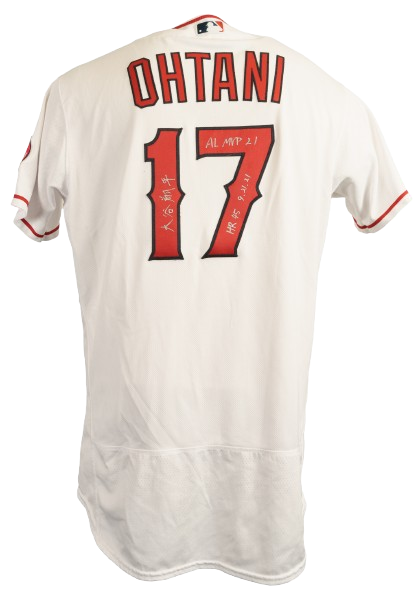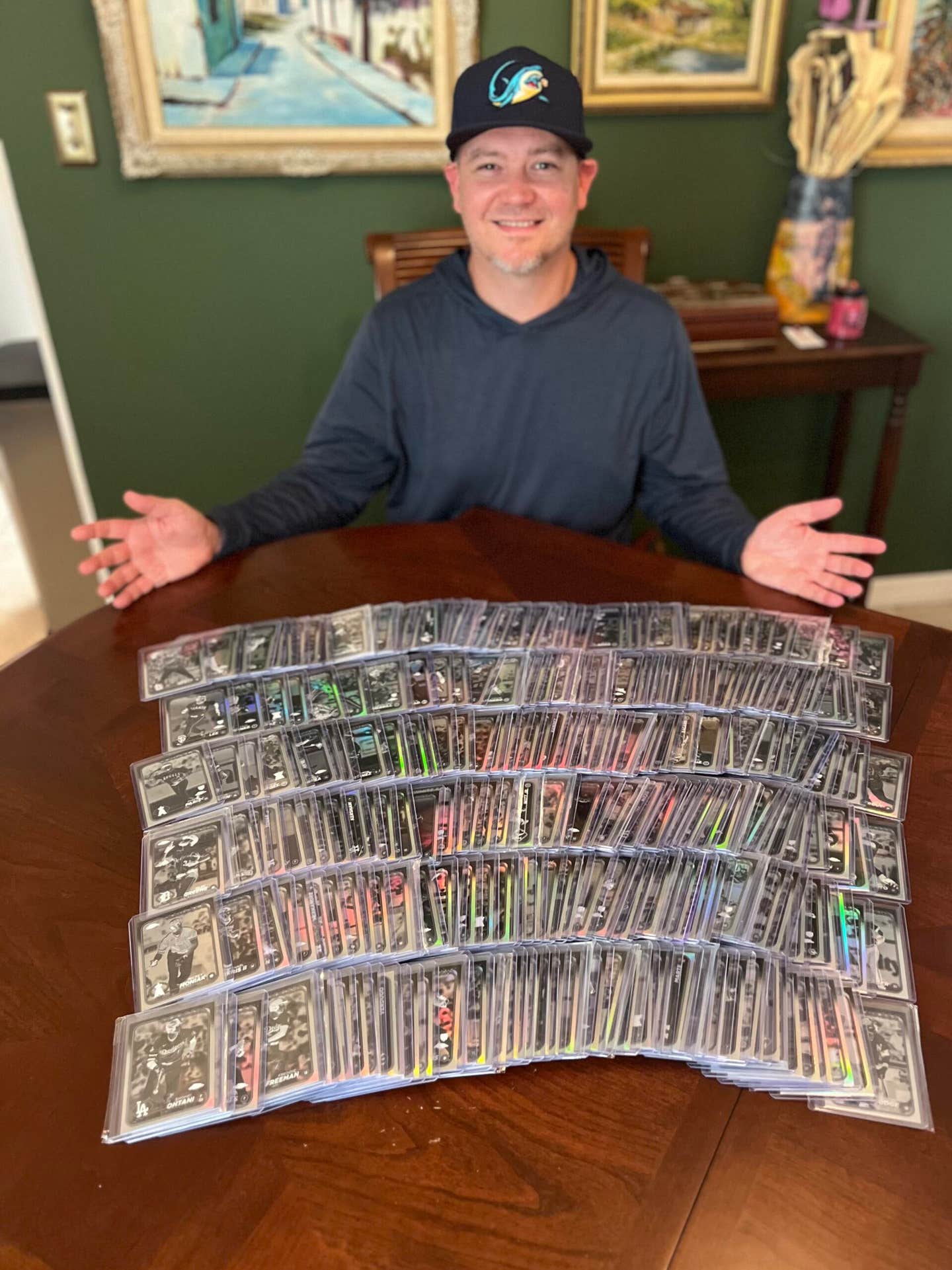Collector Stories
Former SCD editor shares some of his memories of Bob Lemke, a hobby pioneer
By T.S. O’Connell
In the spring of 1981, I was looking at a newsstand in a grocery store in Albany, N.Y., and lo and behold, there was a magazine entitled Baseball Cards, big as life, smack dab among the traditional fare like Time, Newsweek or Cosmopolitan, et al. For collectors of baseball cards, it’s almost impossible to overstate the significance of that particular moment. While conceding that he obviously didn’t do that alone, Bob Lemke was the man who made that moment happen.
In tracking the expansion of the baseball card and sports collectibles hobby/industry, the arrival of a glossy, 100-page magazine with nationwide distribution was an event of monumental significance. Baseball card collecting was at the dawn of a dramatic evolution after several years of condescending newspaper and magazine features about adult collectors “coming out of the closet” as the country learned with a big gasp that those musty pieces of cardboard from their childhood could be worth a lot of money.
It was Lemke (and Doug Watson) who insisted to Krause Publications Founder and President Chester Krause and Publisher Cliff Mishler that the formerly childish playthings could have a role in a collectibles arena right alongside older fare like coins and paper money. Krause Publications embraced Lemke’s foresight and put it to good use, most notably with the purchase of this magazine, Sports Collectors Digest, six months later. With those two maneuvers, the startling expansion of the publishing company was under way, ultimately culminating in a hobby behemoth that would employ more than 400 people, all nestled in a tiny Central Wisconsin community of barely three times that total population.
It is particularly appropriate that this week’s “In Memoriam” cover of SCD depicts Lemke in an ersatz 1954 Topps card. The inaugural issue of Baseball Cards magazine from 35 years ago had inside color pages sprinkled liberally throughout the magazine, including one picturing a “Meet the Team” color plate portraying Lemke, Krause, Mishler, Watson and Dave Heise as key players behind the new publication. And all five are neatly presented in mockups of 1954 Topps Baseball cards, admittedly in an oddly garish orange baseball jersey with “T-Birds” across the front, a nod to the local high school team. The “cards” even had facsimile autographs just as real 1954 Topps cards do, and the caps boasted an orange dollar sign insignia on the front, seemingly foretelling the remarkable revenue boost that would accrue from both the national newsstand offerings and the subscription-based SCD.
And Lemke was right on the money in including extensive pricing information in the new magazine, along with glimpses, often in color, of legendary cards that many collectors had never seen before. And there were feature stories about classic sets and regional issues, and those ads, loads of ads, and anybody who knows our hobby understands that’s a good thing in this instance. Having a widely distributed pair of magazines that brought together buyers and sellers of vintage material was an enormous key to the phenomenal growth to come. It also coincided with the dissolution of the 25-year Topps monopoly on new-card production, a happy convergence of events that would change the hobby quite literally into an industry and ultimately leave the landscape almost unrecognizable to old-timers.
Fortunately for all of us, Lemke was more than capable of adjusting to the brave new world of modern collecting even as his grasp on the power of the vintage material remained unrivaled. Within a few years he would help to launch The Standard Catalog of Baseball Cards, an epic undertaking that would ultimately become one of the most important research tools in the business. But recounting his career achievements is pretty thoroughly addressed in his obituary on page 13 of this issue. I’d rather use my allotted space for personal recollections.
I have been friends with Bob for almost 30 years, having met him at an early National Convention several years before he would become my boss at Krause Publications. As his legion of friends and colleagues certainly know, he persevered through health travails that were as daunting as they were unrelenting, and he did it all with a courage and grace that left all of us collectively shaking our heads in amazement.
His love of the hobby, both of the old stuff and his amazing ability to find a way to embrace even some of the goofy, contrived-scarcity material that so overwhelmed so much of the last quarter century, always impressed me. When I would despair about all the overproduction and nonsensical creations by the modern manufacturers, he would simply point out the varying avenues that he would pursue in order to keep abreast of the times and continue his passion for the hobby.
Ultimately, that would mean a grasp and understanding of the internet, eBay, buying and selling online and later his own production of “cards that never were” that now stand as a wonderful legacy to stand alongside his writing and cataloging. His understanding of all of that helped enormously in his work with The Standard Catalog, his column for SCD and later for his blog, that last of which he continued up until only weeks before his passing.
Bob retired in 2006 but kept the reins of The Standard Catalog for another six years or so before stepping away more completely. As a genuine retiree, he had an office in downtown Iola, setting up his trusty computer and related research apparatus in a room a couple of steps away from Krause’s beloved founder, Chet Krause, who maintained that office until just before his passing in the fall of 2016.
From his downtown office and his home, Bob continued his popular blog that also would typically find its way into the pages of SCD. From my perspective, as his friend who would drop in with some regularity after my own retirement near the same time, it was Bob’s creation of “cards that never were” that always left me thrilled. You gotta be a “card guy” to be able to understand how cool it is that he could produce his own unique cards utilizing literally dozens of vintage styles from Topps and Bowman to the lesser-known regionals and food issues, tapping his vast research of rare photography to produce each gem. The quirky cards are a spectacular homage to often obscure individuals, or maybe national figures from other arenas, or perhaps even friends who might have played a little college football in earlier times.
He produced hundreds of the cards, often with a whimsical flavor and just as often with that irreverent nod to other genres like politics, Hollywood and beyond. Each and every card is spectacular front and back; his attention to detail was rivaled only by his Photoshopping skills, which seemed to get better with age. My favorites are extension cards from 1959 and 1960 Topps baseball issues, my two favorite years, yielding nifty things like a 1960 Topps Ted Williams, a card that youngsters searched for in vain 56 years ago. While adding those extension cards to my real sets is a great thrill, Bob may be best known in the ersatz card arena for his amazing additions to the classic 1955 Topps All American Football issue. Topps’ unusual entry into the football card business that year was done with a 100-card issue featuring college football stars of the day, an understandable choice at a time when the collegiate game virtually rivaled the rough-and-tumble NFL in capturing the nation’s attention. Lemke’s addition to that cool issue is simply stunning; he’s “added” a total of 175 cards to the set, yielding cool pasteboards of everybody from The Three Stooges, Bluto Blutarsky, Billy Clyde Puckett and Forrest Gump to Lou Gehrig, Tommy Lee Jones and a string of presidents who had a particular affection for the sport (think Jack and Bobby Kennedy, Dick Nixon, Ike and Dutch Reagan). When I would stop and visit Bob at his office, I would often comment that the coolest thing I could imagine would be to have a complete set of the 1955 Topps All American originals in plastic sheets, followed by the 175 masterpieces he had produced over the years. I never have seen such a thing, but I haven’t given up the hope. It would be pretty cool.
His physical infirmities made attending card shows – another of his real passions – a trying undertaking simply because of the difficulty of maneuvering around tables, etc. It was one of the great joys of my life that in the 1990s and early 2000s, Bob and I would travel together to show by car, sometimes even towing the famed Krause trailer loaded down with thousands of copies of SCD and more modest numbers of the monthly magazines, books and even the ponderous Standard Catalog. The other thing that prompted the need for the famous (infamous?) trailer was Bob’s legendary electric scooter that he used at shows in those years to get around the tables.
Shows provided an opportunity for Bob to meet and kibitz with many of the dozens of old friends and faithful contributors who helped make The Standard Catalog the important volume that it still is, many of them among the most respected and well-known dealers in the country. He also used the trips as a vital means of photographing and researching uncatalogued material to be added to the book, and he carried with him imposing photographic equipment from a time even before digital became the dominant theme.
Driving a Krause Suburban around can be exciting enough; tack on that massive (now retired) trailer and suddenly it was not just a job – it was an adventure. While I was thrilled to be regarded as “Lemke’s caddy,” it wasn’t exactly a “Driving Miss Daisy”-type situation. More like “Thelma and Louise,” and anybody who knows the two of us knows which is which.
The driving was pretty evenly shared, though the enterprise would vary dramatically depending upon who was behind the wheel. If a driving style can accurately be described as “pedestrian,” I am guilty as charged. Bob, on the other hand, displayed a flair in the driver’s seat that caromed repeatedly between thrilling and occasionally death defying.
He may simply have had an innate capacity that others lacked that allowed him to propel his vehicle through harrowing situations that would have caused lesser men to tremble. I suppose I handled the trembling part quite capably, though I know I tried to conceal it. I recall one particular snowstorm/blizzard that accompanied us in a mad dash across the state of Michigan one January after visiting the famed Gibraltar Show outside Detroit. Since Bob was the boss, it was always an asymmetrical relationship – not that he ever even remotely pulled rank in such situations – but I think he insisted on taking the helm, perhaps concluding that he was the most capable candidate for the terrifying task at hand. Since we apparently lived through it, I guess he was right, but I can honestly admit that there were iffy moments. Depends kinds of moments.
There are other stories, of course, many of which are better left to the atmosphere of the tavern. Because I think he might have liked such a thing, I’ll end with a bit of bawdy irreverence: an image of Bob in his skivvies, planted on a hotel room bed, with a huge pile of White Castle sliders on his lap and a giant bottle of malt liquor in one hand and a Sporting News in the other. That’s one way I will remember him, but I suppose more broadly I will think of him as a good friend that I will miss every day for the rest of my life. He was also the toughest and bravest man I have ever known. That reads like a headstone to me.
(T.S. O’Connell is a former editor of Sports Collectors Digest.)








